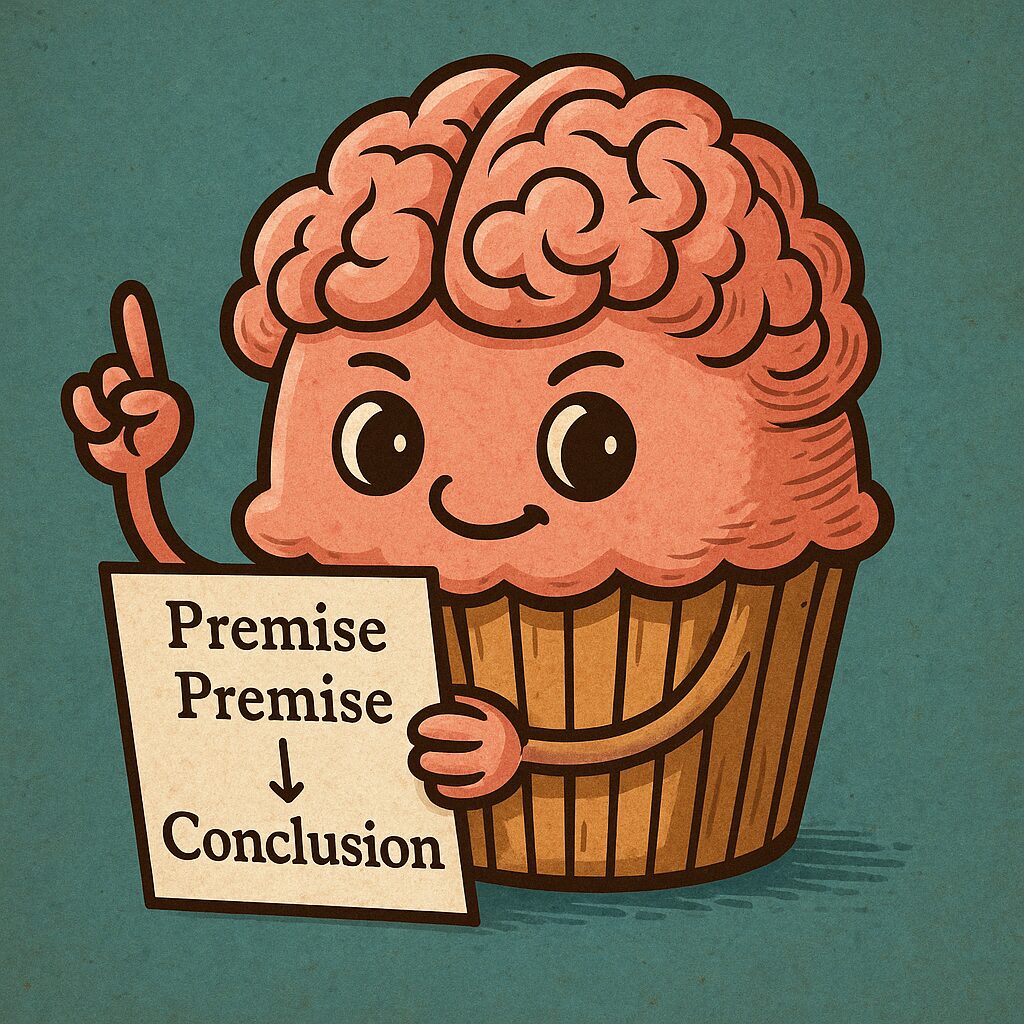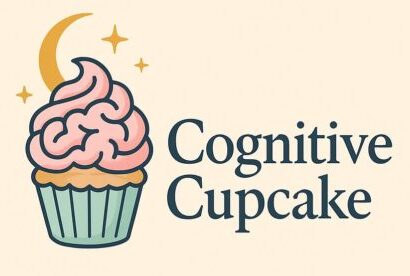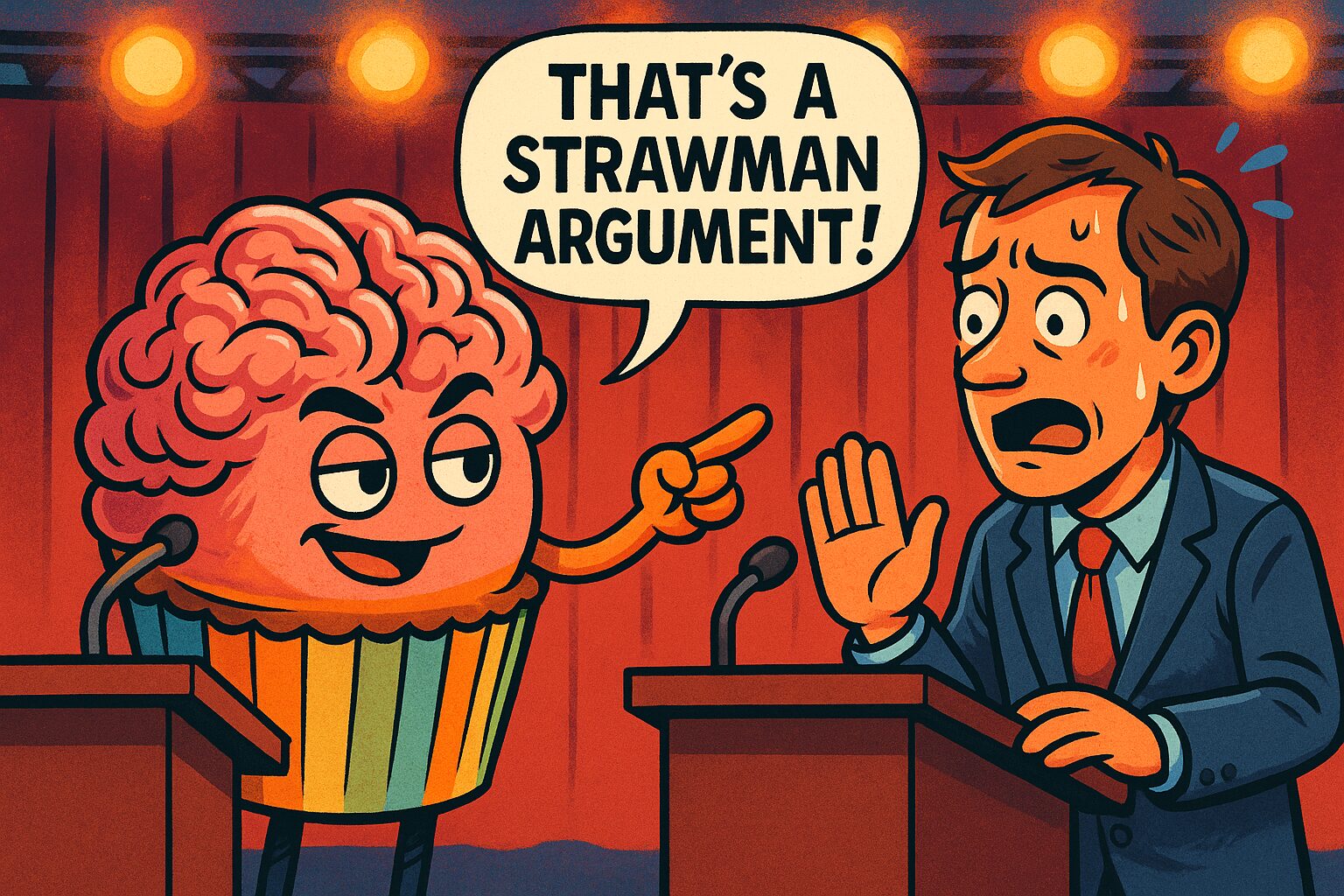
If philosophy were a bakery, logic would be the oven—sometimes hot, often precise, and always necessary for creating anything of substance. But instead of baking pastries, logic bakes conclusions from premises. And like any good baker, you’ve got to know your ingredients: enter the humble argument.
What Is Logic, Really?
At its core, logic is the formal study of inference—how we move (hopefully gracefully) from one idea to another. It’s less about what you think and more about whether what you think follows from what else you think. Logic helps distinguish valid reasoning from… well, frosting masquerading as cake.
Anatomy of an Argument
An argument in logic isn’t a heated debate over who left the milk out. It’s a structured set of statements—called premises—that aim to support a conclusion. For example:
- Premise 1: All humans are mortal.
- Premise 2: Socrates is a human.
- Conclusion: Therefore, Socrates is mortal.
This is a syllogism, and it’s a classic. But let’s dress it up a bit, cupcake-style.
Validity, Soundness, and Cogency—The Quality Check
A valid argument is one where, if the premises are true, the conclusion must be true. Validity doesn’t care whether the premises are actually true—just that the reasoning works. Like a good recipe, it’s logically foolproof even if you used spoiled eggs.
- Valid but Unsound:
- Premise: All cats are immortal.
- Premise: Fluffy is a cat.
- Conclusion: Fluffy is immortal.
(Valid structure, but tragically false premise—sorry, Fluffy.)
A sound argument is both valid and has all true premises. That’s what we want: logical structure and factual substance.
Meanwhile, in inductive reasoning (used often in everyday life and science), the term cogent is used. A cogent argument is like a sound argument, but for inductive logic: it has strong support and true premises but doesn’t guarantee the conclusion.
How to Form a Sound Syllogism
Step 1: Start with general truths or well-supported premises.
Step 2: Use a valid logical structure (e.g., if A then B, A is true, therefore B).
Step 3: Derive a conclusion that must follow if the premises are true.
Step 4: Bake at 425° degrees of scrutiny.
Here’s an example:
Cupcakes are pastries.
Pastries are delicious.
Therefore, cupcakes are delicious!
Why It Matters
Logic helps us navigate the foggy bakery of ideas. It lets us evaluate political arguments, scientific claims, or just whether your friend really should have bought that crypto coin because “everyone else is doing it.” In short, logic protects us from biting into reasoning that’s all frosting and no cake.
Citations:
- Copi, I. M., Cohen, C., & McMahon, K. (2016). Introduction to Logic (14th ed.). Routledge.
- Hurley, P. J. (2014). A Concise Introduction to Logic (12th ed.). Cengage Learning.
- Priest, G. (2000). Logic: A Very Short Introduction. Oxford University Press.
Disclaimer: This article was generated with the help of AI.










